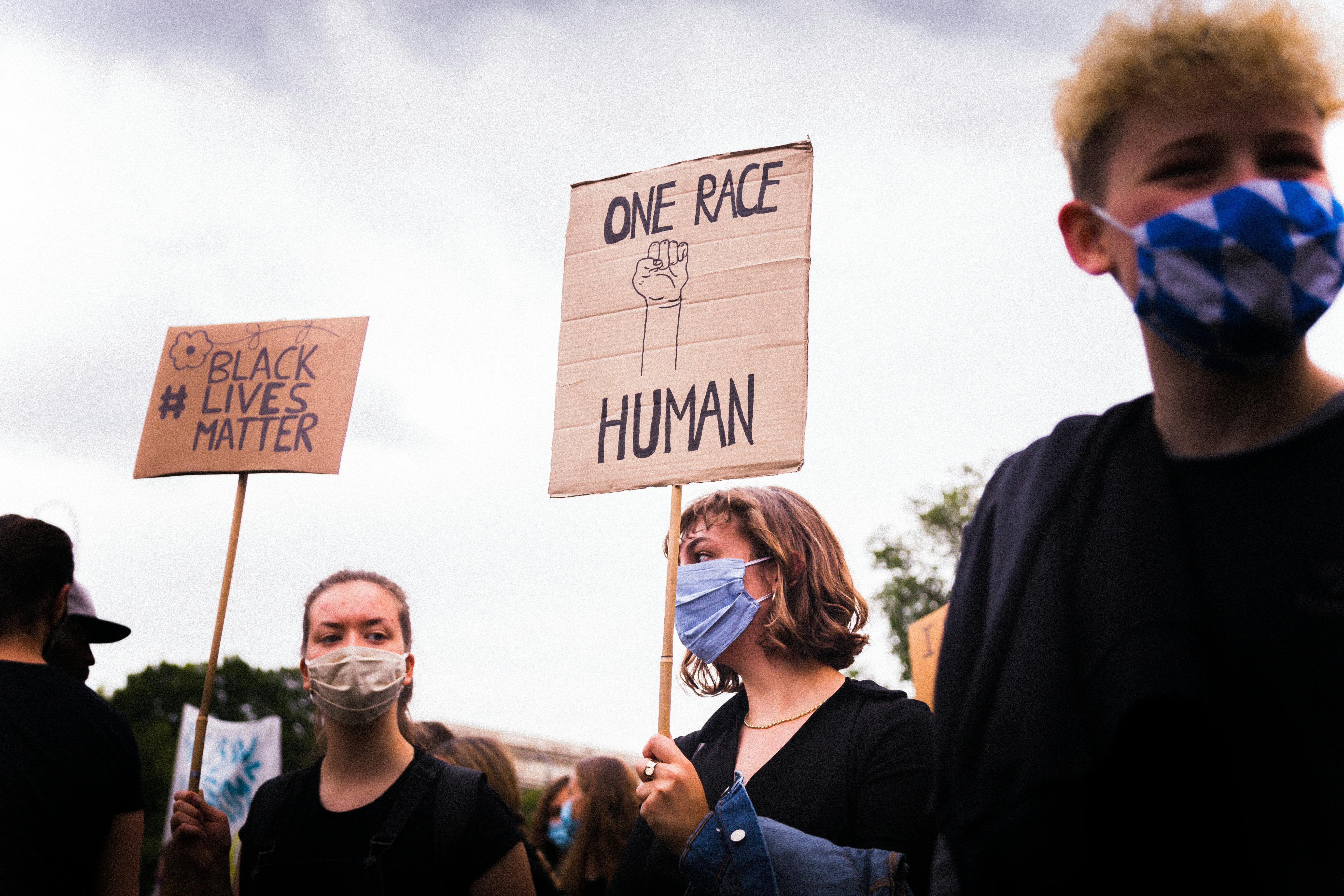I recently came across a forum post where the poster asked the question, “Can I play a rockabilly guitar on a Brand X guitar?” That sparked an interesting thread of comments about which guitar is best for rockabilly playing. That is an interesting topic.
Since rockabilly music grew largely out of country music, many early rockers used the same guitars that their country guitar heroes used. These used to be hollow-body electric guitars, and for the most part, those hollow-body instruments define a lot of what we think of when we think of rockabilly.
Scotty Moore, who played guitar on early Elvis rockabilly songs recorded for Sun Records like “That’s Alright Mama” and “Mystery Train,” played a Gibson ES-295 on his early Sun recordings and has been a Gibson man , although not exclusively. –throughout his career.
But it was Eddie Cochran who seems to have had the biggest impact on modern rockabilly guitar. Eddie played a beautiful orange Gretsch 6120 hollow body guitar that he bought new in 1955. He modified the guitar with a new pickup to get the sound he was looking for. That guitar became his signature and was as much a part of Eddie as the hands that played it. If there’s one guitar people think of when they think of rockabilly, it’s probably Eddie’s 6120. Eddie’s guitar also featured the now famous Bigsby tremolo tailpiece (sometimes known as a “tremolo bar”) and has therefore also become a must-have for most modern rockabilly guitarists. The Gretsch Guitar Company recently issued the Eddie Cochran Signature 6120 guitar that you can buy for $12,000 or so!
While these two guitarists and the instruments they played seem to have set the modern standard for what guitar you should have to play rockabilly, not all guitarists have used hollow-body guitars to make their rockabilly music. Cliff Gallup, who was the original lead guitarist for Gene Vincent’s Blue Caps and is considered by many to be the greatest rockabilly guitarist of all time, didn’t stray too far from the mold as he, too, played a Gretsch. But unlike the Eddies, Cliff’s was a solid-body instrument: a 1955 Gretsch DuoJet.
Carl Perkins also used solid body guitars. He played a 1952 or ’53 Gibson Les Paul Gold Top on some of his now-famous early recordings, including his smash hit “Blue Suede Shoes.” After the success of that record, Perkins bought a blonde Gibson ES-5 which is a hollow body guitar. He continued to use both and, legend has it, over 1,000 other guitars throughout his career. When I saw him play in Clear Lake, Iowa around 1985 or 1986, he was playing a solid body, although I embarrassingly can’t remember what it was!
Paul Burlison, who played with the Burnette Brothers Rock and Roll trio, played a Fender Esquire, a forerunner of the modern Fender Telecaster solid-body guitar that is so popular today, especially among country players.
Those are just a few of the most famous original pioneers and what they played on. Today’s musicians use a similar combination of instruments. Still, Cochran’s guitar sets the standard. It’s the same model of guitar that Setzer made famous with the Stray Cats. In general, modern rockabilly players go for the hollow body sound and it is usually a Gretsch. But there are plenty of guys who still rip it up with Telecasters and other solid body instruments.
So what is the answer to the original question: what guitar can I play rockabilly on? The best answer I saw on the original forum post I found was simply, “You can play rockabilly on any guitar… Yeah You can play rockabilly!”
I could not agree more. It’s not about the decorations. It’s about the feeling. If you can create that feeling on a Gretsch, a Gibson, a Fender or a ukulele, it’s still rockabilly and that’s good enough for me!

